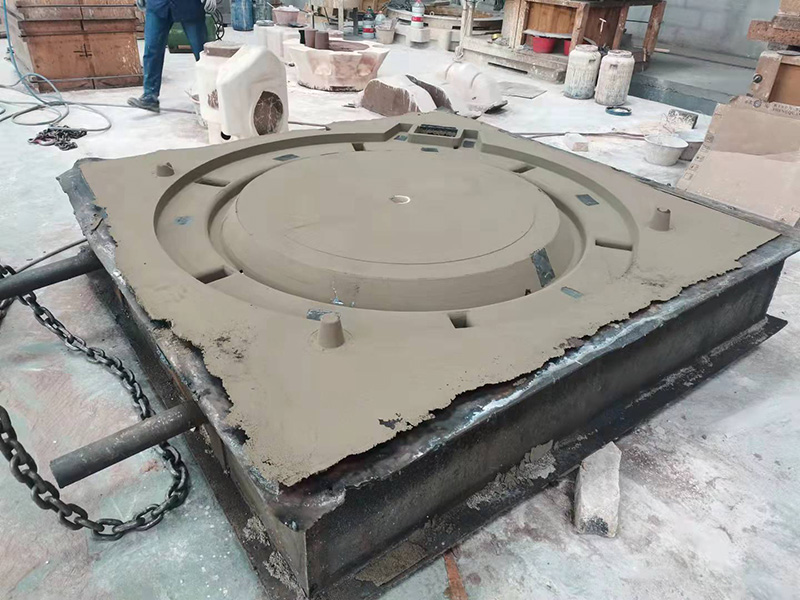How to Sand Cast A Step-by-Step Guide
Sand casting is a versatile and widely used metal casting process that allows for the production of intricate shapes and various metal alloys. Whether you're a hobbyist or looking to produce larger industrial components, mastering the sand casting process can be a rewarding experience. This article will guide you through the essential steps of sand casting.
Step 1 Gather Materials and Tools
Before you start, ensure you have all necessary materials. You will need
- Sand Proper casting sand, typically a mixture of silica sand and clay, is essential. - Pattern A model of the object you want to cast, often made from wood, plastic, or metal. - Mold box A container to hold the sand and pattern. - Metal The alloy you wish to cast, such as aluminum or bronze. - Furnace To melt the metal. - Safety gear Gloves, goggles, and a protective apron.
Step 2 Create the Pattern
The pattern is a replica of the final product and must be slightly larger to account for shrinkage when the metal cools. Ensure the pattern has a smooth surface to avoid imperfections in the final cast.
Step 3 Prepare the Mold
Place the pattern in the mold box and secure it. Begin filling the box with sand, ensuring it covers the pattern completely. Use a tamper to compact the sand effectively, which is crucial for the mold's strength. Once the sand is compacted, remove the pattern to reveal an imprint.
how to sand cast

Step 4 Forming the Mold Cavity
After removing the initial pattern, insert any additional components like gates and vents to allow molten metal to flow and air to escape. These features are critical for achieving a successful pour.
Step 5 Melt the Metal
Using your furnace, melt the metal until it reaches a liquid state. Monitor the temperature closely to ensure proper melting without overheating, which can compromise the metal's properties.
Step 6 Pour the Metal
With the mold prepared and the metal melted, carefully pour the molten metal into the cavity. Take your time to avoid spills and ensure that the metal fills all areas of the mold completely.
Step 7 Finishing Touches
After allowing the metal to cool and solidify, remove the mold by breaking it apart. Clean the cast piece by removing any sand residues and burrs. You may need to grind or polish the surface for a smoother finish.
In conclusion, sand casting is an accessible yet intricate process that can yield beautiful and functional metal objects. By following these steps and practicing, you will gain the skills needed to excel in sand casting, bringing your creative designs to life.
Post time:Novemba . 20, 2024 23:07
Next:steel sand casting process
